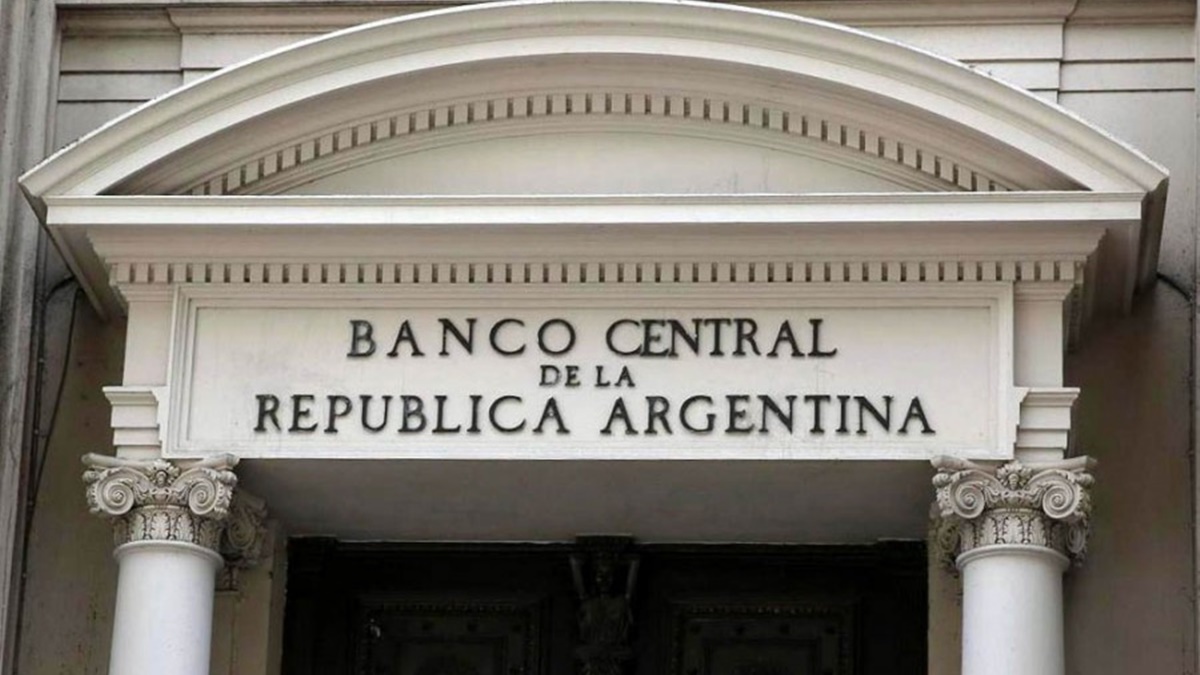The national government is considering issuing debt to raise dollars without waiting for the exchange rate to reach $1,000.


In a context where the official exchange rate remains stable within the range established by the government , the economic team is evaluating an innovative alternative to increase reserves without having to wait for the dollar to fall below $1,000 . The proposal involves issuing government bonds that allow the country to raise foreign currency directly from abroad, appealing to investment funds and international banks, in a move that strengthens stability without altering the disinflation plan.
The possibility was suggested by Central Bank Director Federico Furiase during his participation in the Carajo broadcast. There, he explained that while the BCRA does not intervene in the market to accumulate reserves within the exchange rate band, there are other instruments—such as the capital account or Treasury investments—to strengthen the foreign exchange buffer without altering current monetary policy.
“Anker Point” and dollar purchases at the floor of the band in dynamic general equilibrium.
In dynamic general equilibrium, remonetization via the Treasury returning pesos in primary auctions against debt cancellation and monetization via… are not perfect substitutes . pic.twitter.com/w9RhW3UFmh
The team led by Luis Caputo is studying the issuance of two types of instruments: peso bonds subscribed with dollars and bonds directly denominated in dollars, both with the goal of absorbing foreign currency and complying with IMF requirements. The measure would seek to prevent the government from having to wait for the exchange rate to reach the floor of the band to purchase reserves, a scenario that could take a long time.
The strategy primarily targets foreign funds and global banks, which are believed to be interested following the recent relaxation that allows non-resident investors to enter foreign currency and access the foreign exchange market after six months. The move is interpreted as an incentive to participate in local debt issuance without putting pressure on the official market.
At the same time, reports emerging from New York hinted at the possibility of a debt swap in anticipation of US$4.5 billion in payments due in July. The Ministry of Economy categorically ruled out this option and asserted that the funds are already secured. However, the proposal for new placements also serves as a precautionary signal to the market.
"It's viable. With the dollars from the IMF and what has already been received, the Central Bank is recapitalized. But if more reserves are needed, they can raise debt without issuing pesos," officials explained. The key, they insist, is to avoid increasing the monetary base while keeping the devaluation rate under control.
According to data from the consulting firm 1816, unusually aggressive intervention in the futures market was detected in recent days: open interest grew by US$869 million in a single session, a record figure during Milei's administration. Although the IMF does not prohibit such maneuvers, the agency's staff had indicated that the government "did not expect" to intervene. The action, however, served as a "sweetener" for future investors: it lowered expectations of devaluation and facilitated position taking.
Within this framework, economists such as Nicolás Gadano and Fernando Baer agreed that issuing debt against dollars is a valid tool in the current context, as long as it does not imply a greater imbalance between the profitability of reserves and the rate paid by bonds.
Since the peak on April 28, the Central Bank's gross reserves have fallen from US$39.3 billion to US$38 billion, due to debt payments. Added to this is the commitment to the IMF to accumulate more than US$4 billion in the next 40 days. Debt issuance could be a way to achieve this goal without resorting to monetary issuance, in line with the path of fiscal order and stability promoted by the government.
Sebastián Menescaldi , deputy director of EcoGo, estimated that the government has already secured US$2.77 billion, in addition to the US$500 million from the IDB still pending disbursement. The remainder could be covered with a REPO, the new bonds, or even Treasury deposits augmented by BCRA profits.
The official initiative was well received in Wall Street financial circles. There, Deputy Minister José Luis Daza held meetings with banks to evaluate potential placements. "It's not surprising that they're evaluating this mechanism: it's clean, doesn't affect the foreign exchange market, and provides predictability to the economic plan," said traders in New York.
elintransigente





